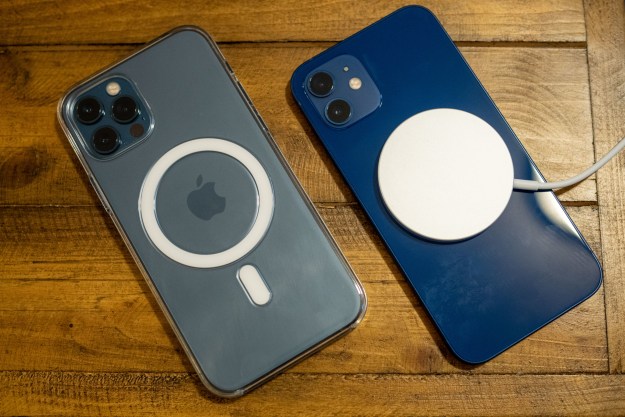
Finland’s Nokia is upping the ante in its patent battle with Apple, announcing that it has filed a new complaint with the U.S. International Trade Commission saying that essentially all Apple hardware products—from iPhones and iPads to iPods to Macintosh computers—infringe on a variety of Nokia patents. The new complaint adds seven new patents covering technologies like multi-tasking, data synchronization, call quality, and interacting with Bluetooth accessories.
“Our latest ITC filing means we now have 46 Nokia patents in suit against Apple, many filed more than ten years before Apple made its first iPhone,” said Nokia VP of intellectual property Paul Melin, in a statement. “Nokia is a leading innovator in technologies needed to build great mobile products and Apple must stop building its products using Nokia’s proprietary innovation.”
The move comes just after a judge at the U.S. ITC ruled last week that Apple did not violate any of the patents cited in Nokia’s original complaint (PDF). Although the judge’s ruling is preliminary—a hearing will be held in a few month’s time on whether to sustain the judge’s ruling—the finding is a distinct setback for Nokia’s infringement complaints against Apple.
Nokia has indicated it does not agree with the initial determination and is waiting to see the full details of the ruling before determining how to proceed.
Nokia filed its original claim with the USITC back in late 2009, triggering a tit-for-tat battle of suits and countersuits between the companies. Nokia also has legal action pending against apple in the UK, Germany, the Netherlands, and the U.S. state of Delaware.
Apple declined to comment on Nokia’s latest complaint.
Editors' Recommendations
- The Apple Watch Ultra’s Action button should be better than this
- Why the lawsuit against Apple’s AirTags may be bigger than you realize
- New Apple patent dreams of iPhones working just fine underwater
- Learn from my mistakes: Don’t settle for a cheap tablet like the Nokia T20
- Judge rules against both Apple and Epic Games in antitrust case


